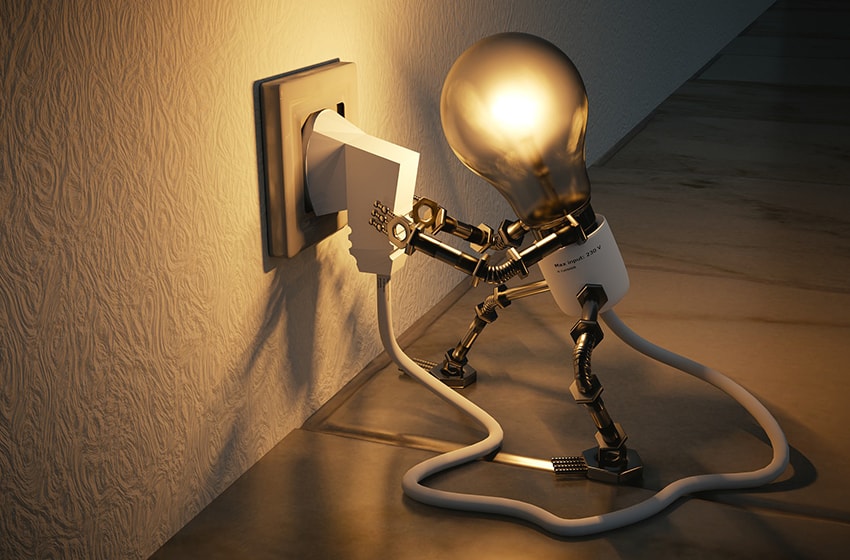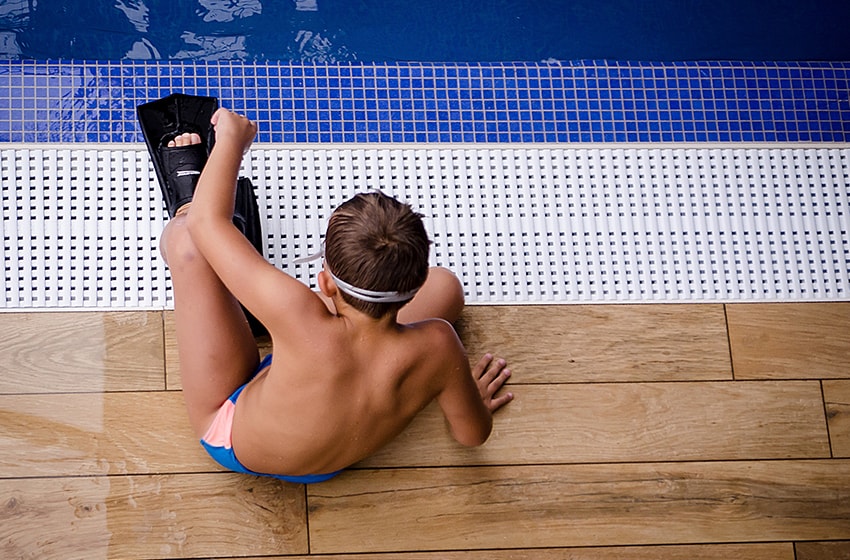IND vs ENG / डेब्यू के इंतजार में कटते जा रहे दिन, अभी तक टीम इंडिया की नहीं मिली कैप
Why Shubhanshu Shukla Splashed Down in the Sea, But Rakesh Sharma Landed on Land
July 16, 2025
Astronauts returning to Earth face one big question—land or sea? It might seem like a gentle water landing is the obvious choice. But when it comes to space missions, the decision is much more complex.
When Indian astronaut Group Captain Shubhanshu Shukla returned to Earth this week, his SpaceX Dragon capsule splashed down safely off the coast of California. In contrast, Wing Commander Rakesh Sharma, India’s first astronaut, landed on solid ground in Kazakhstan 41 years ago in 1984.
So, why the difference?
The Sea: Safety First
Water landings, or splashdowns, are mostly used by the United States, especially by SpaceX. One of the main reasons is safety. During re-entry, some parts of the spacecraft—like the trunk of the Dragon capsule—are released before landing. When this happens over the ocean, any falling debris lands harmlessly in water, far from people and buildings.
In April this year, pieces from a Dragon capsule were found in Australia and Canada, showing how debris can travel far. By aiming for the sea, the risk of property damage or injury on land is reduced.
Another reason: comfort. Splashdowns are generally softer than land landings. The ocean cushions the impact better than hard ground, which helps astronauts who’ve just spent days or weeks floating in space and are physically weak after being in microgravity.
Landings on Land: Tough but Controlled
Countries like Russia and China still prefer land landings. Their spacecraft, like the Soyuz and Shenzhou, are designed to land in remote areas like Kazakhstan or Inner Mongolia.
These landings are more predictable in terms of location. It’s easier to send teams to the exact spot to recover the astronauts and spacecraft. But they can be hard on the body. Even with parachutes, hitting the ground is a bumpy ride. Russian astronauts often describe it as a "car crash" feeling.
When Rakesh Sharma returned to Earth in 1984 after his mission to the Soviet Salyut 7 space station, he landed in Kazakhstan aboard the Soyuz T-10. In a 2024 interview, Sharma said the parachute opening was the most thrilling (and terrifying) moment. The noise and jolt were intense, but he made it back safely.
What Decides Land or Sea?
The choice between water or land is made long before liftoff. It depends on:
The spacecraft’s design
The country's space infrastructure
The recovery team’s location and resources
Safety and cost
SpaceX, for example, has ships and teams ready to recover astronauts from the sea. Russia uses its vast, empty landscapes for ground landings.
In Shubhanshu Shukla’s case, his return via water wasn’t just about comfort, it was about minimizing risk, ensuring a safe and smooth recovery, and following the best practices of modern spaceflight.
Whether it’s the splash of the sea or the thud of the Earth, every landing tells a story about technology, geography, and the evolving journey of human space travel.
Why Shubhanshu Shukla Splashed Down, But Rakesh Sharma Hit Solid Ground
Space isn't one-size-fits-all, even when coming home! While Rakesh Sharma landed on land in 1984, Shubhanshu Shukla chose the sea for a safer, softer return. Water landings reduce debris risk and offer gentler impact, but land touchdowns (like Soyuz) are all about precision and proven tech.
#ShubhanshuShukla #RakeshSharma #SpaceX #Soyuz #Splashdown #SpaceReturn #AstronautLife #IndiaInSpace #ISRO #NASA #SpaceCapsule #Reentry #SpaceFacts














Add Comment